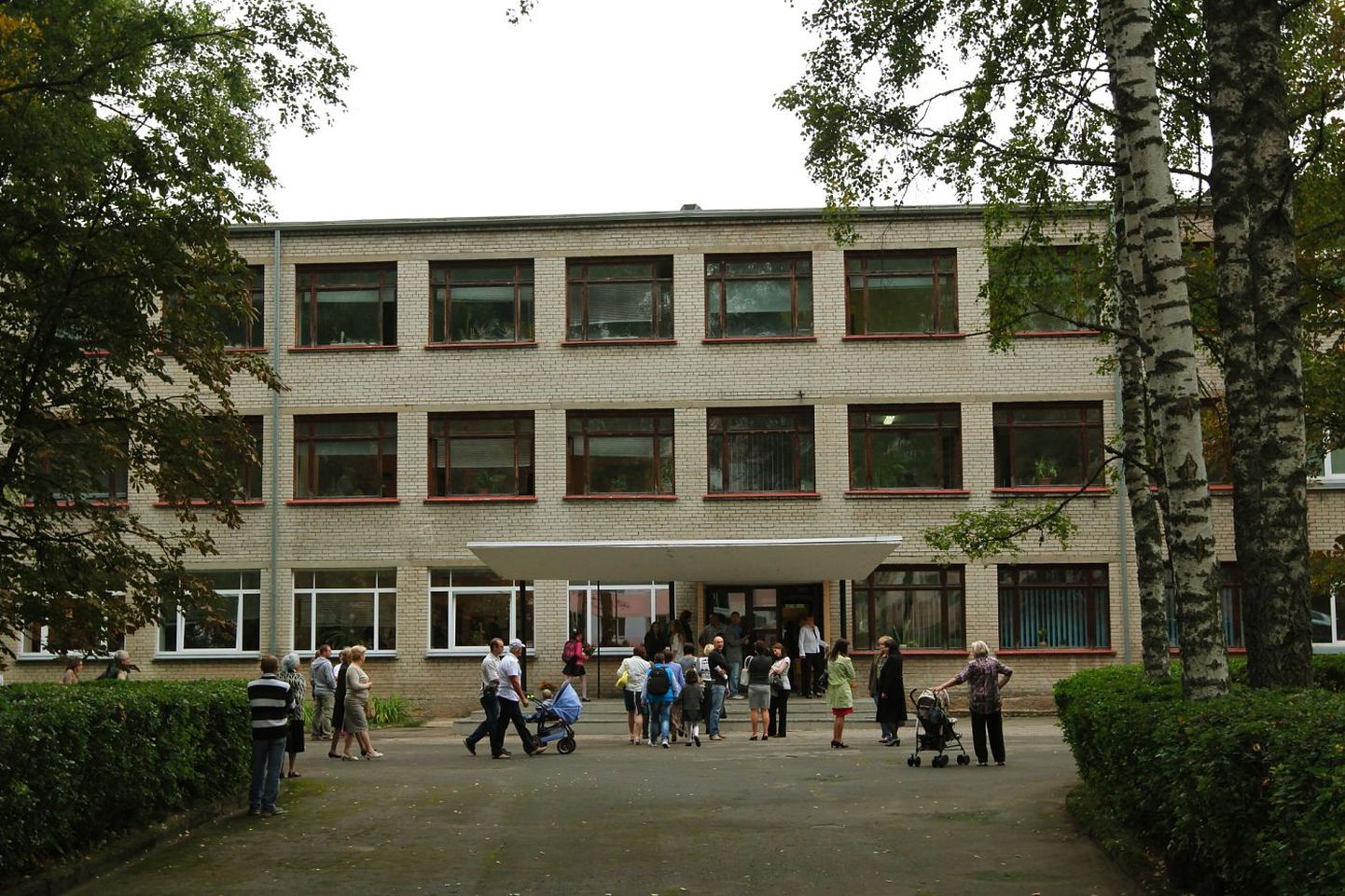Even so, this means not that the assessment method is faulty; rather, the conclusions drawn from the results are not quite right. A top list is no sure basis to determine which schools the parents should storm, every fall. Then again: for the state, local governments and education officials, the results provide a picture of which schools are in greatest need for help.
As revealed by the list, Estonia has some dozen schools where gymnasium state exam average comes under 50 per cent. There being about 30 schools where, in some subjects, the average accomplishment is to the tune of 30 points only – 20 points being the minimum required to graduate from high school. That would mean that each year, these schools send out young people with much less chance to make it in this world than others.
Among the said schools, some have teetered at the verge of failure for years. For years on end, they have been upbraided for poor results. But the failings may also be read as a cry for help. The headmasters, teachers and parents linked to these schools know well enough they have a problem on their hands. Often, the situation has not arisen because of any underperformance on their part – rather, in spite of their endeavours.
